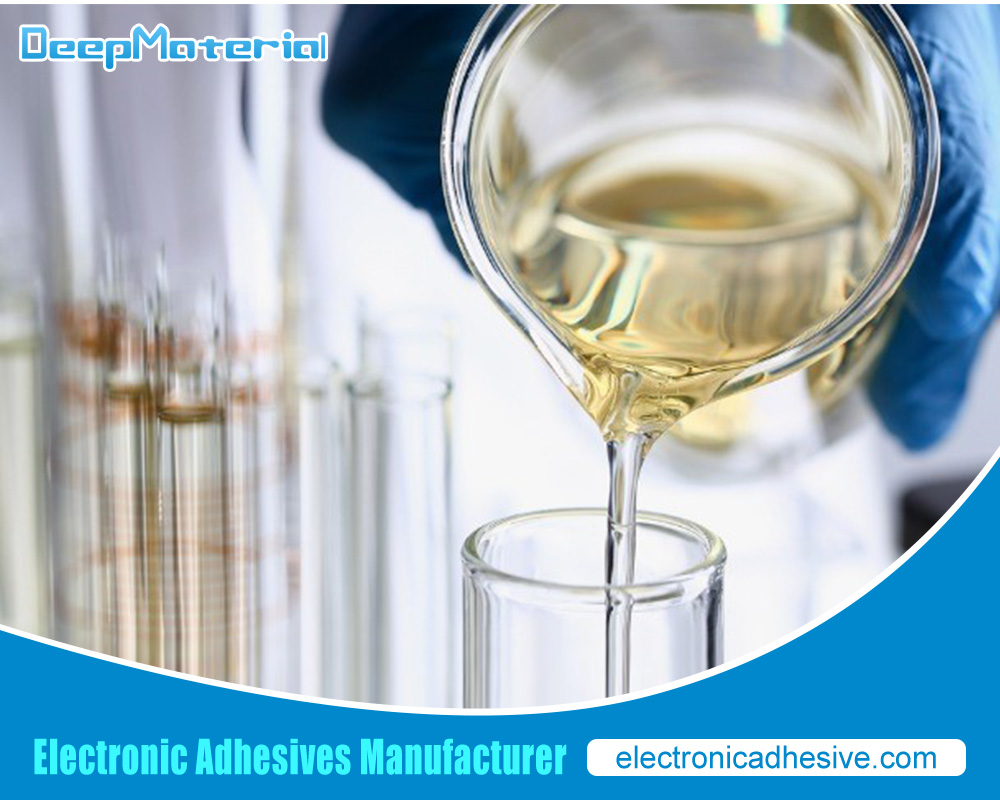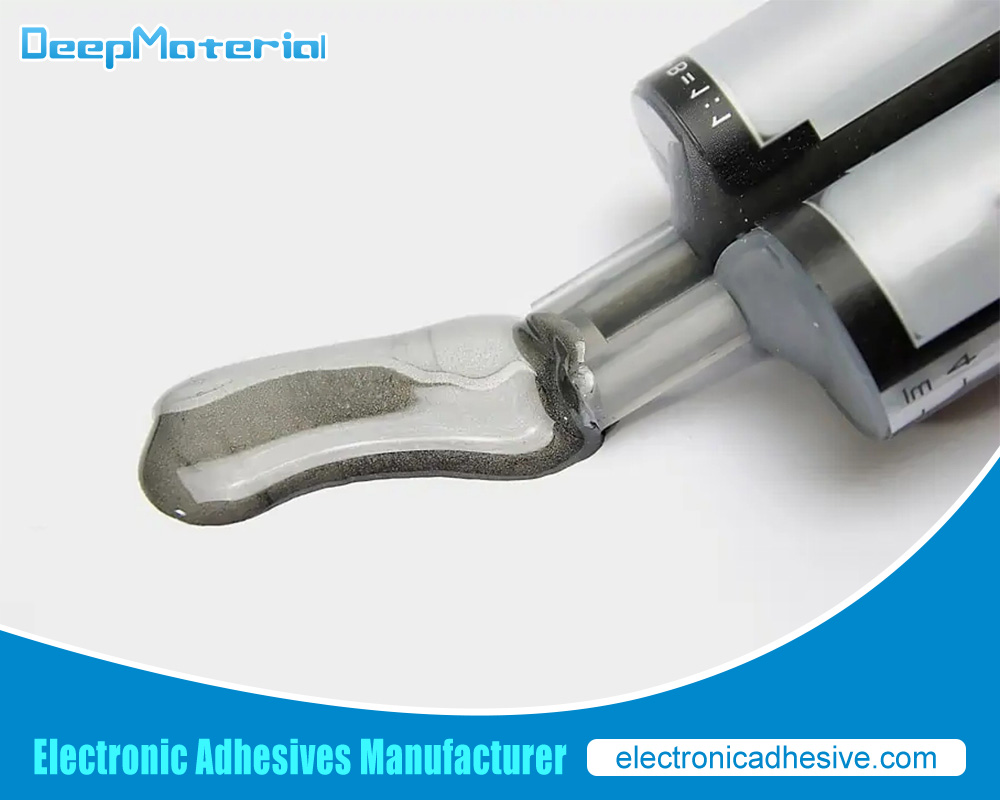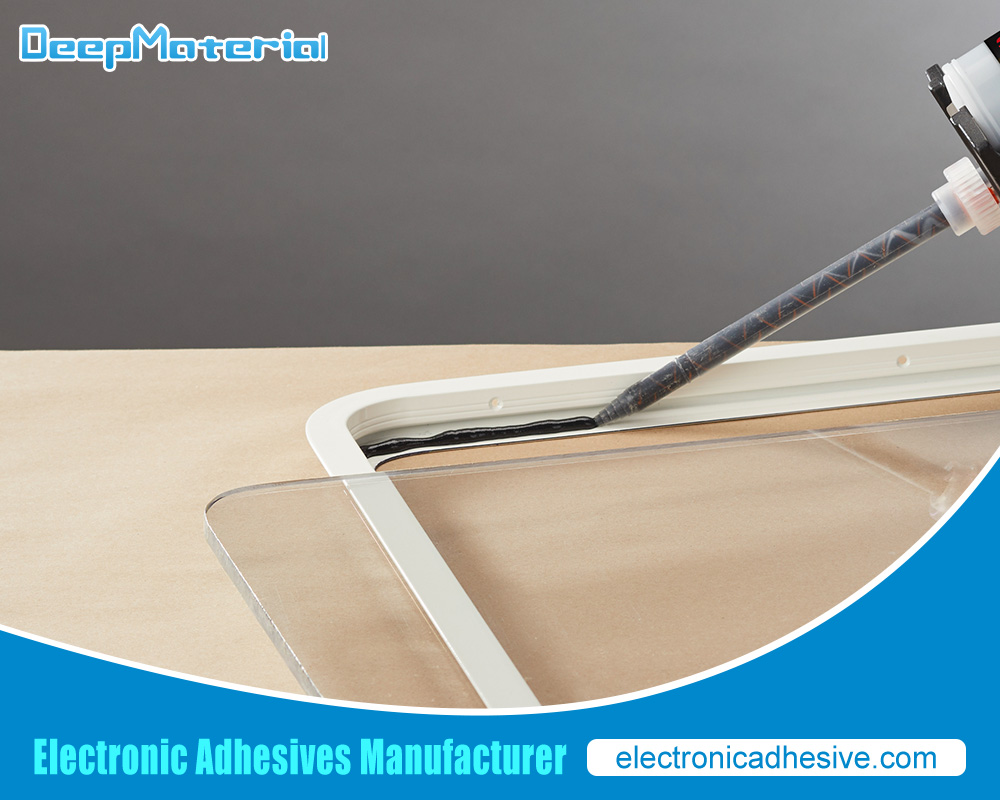Advanced Techniques in Optical Bonding Manufacturing
Advanced Techniques in Optical Bonding Manufacturing
Introduction to Optical Bonding
Optical bonding is used to manufacture display screens to improve performance and durability. It involves adhering a layer of optical-grade adhesive between the display and the cover glass, touch screen, or other protective layers. This technique enhances the display’s optical clarity, durability, and overall performance, making it a popular choice for devices used in challenging environments, such as industrial equipment, military applications, and outdoor displays.
Importance of Optical Bonding
Enhanced Optical Clarity
One of the primary benefits of optical bonding is the significant improvement in optical clarity. By eliminating the air gap between the display and the cover glass, optical bonding reduces internal reflections, which can cause glare and decrease readability. This results in a more transparent, vibrant display with better contrast and color accuracy. The enhanced readability is particularly beneficial for devices used in bright or outdoor environments, where glare and reflections can severely impact visibility.
Increased Durability and Ruggedness
Optical bonding also enhances the durability and ruggedness of display screens. The adhesive layer provides additional support to the display, making it more resistant to mechanical shocks, vibrations, and impacts. This is crucial for devices in harsh environments, such as industrial machinery, medical equipment, and military applications. The bonded display is less likely to suffer damage from drops, bumps, and other physical stresses, extending the device’s lifespan.
Improved Touch Performance
Optical bonding improves touch performance for touch-enabled displays by providing a more responsive and accurate touch experience. The adhesive layer helps to transmit touch signals more effectively, reducing latency and enhancing the overall user experience. This is particularly important for devices that require precise touch input, such as medical devices, automotive displays, and professional-grade tablets and smartphones.
Protection Against Moisture and Contaminants
Optical bonding also offers protection against moisture and contaminants. The adhesive layer acts as a barrier, preventing dust, dirt, and moisture from entering the display assembly. This is especially important for devices used in outdoor or industrial settings, where exposure to the elements can damage the display. By sealing the display, optical bonding helps to maintain the device’s performance and reliability over time.

The Optical Bonding Process
Step 1: Surface Preparation
The optical bonding process begins with thorough surface preparation. The display and the cover glass or touch panel must be meticulously cleaned to remove any dust, debris, or contaminants that could interfere with the bonding process. This is typically done using specialized cleaning solutions and equipment to ensure a pristine surface. Any residue or particles left on the surfaces can cause defects in the bonding layer, leading to poor optical performance and reduced durability.
Step 2: Adhesive Application
Once the surfaces are prepared, the optical adhesive is applied. Depending on the specific bonding process and materials used, the adhesive can be a liquid or a film. Liquid adhesives are typically dispensed onto the display surface in a controlled manner to ensure an even and consistent layer. On the other hand, film adhesives are pre-cut and placed onto the display surface. The adhesive must be applied with precision to avoid air bubbles, which can cause optical distortions and reduce the effectiveness of the bonding.
Step 3: Alignment and Bonding
After applying the adhesive, the cover glass or touch panel is carefully aligned with the display. Precise alignment ensures the display functions correctly and optimizes optical performance. The components are then pressed together to spread the adhesive evenly and eliminate air gaps. This step is typically performed using specialized equipment that can apply uniform pressure across the entire surface.
Step 4: Curing
The next step in the process is curing the adhesive. Depending on the type of adhesive used, curing can be achieved through various methods, such as UV light exposure, heat, or a combination of both. UV-curable adhesives are exposed to ultraviolet light, which initiates a chemical reaction that hardens the adhesive. Heat-curable adhesives require controlled heating to achieve the desired bond strength. The curing process solidifies the adhesive, creating a robust and durable bond between the display and the cover glass.
Step 5: Inspection and Quality Control
Once the adhesive is fully cured, the bonded display undergoes thorough inspection and quality control checks. This includes visual inspections to detect defects, such as bubbles, misalignment, or contaminants. Advanced inspection techniques, such as optical measurement and functional testing, may also ensure that the bonded display meets the required specifications and performance standards. Any defects identified during this stage are addressed to ensure the final product is of the highest quality.
Types of Optical Bonding
Direct Bonding
Direct bonding is a standard method used in optical bonding, where the adhesive is applied directly between the display and the cover glass. This method is favored for its simplicity and effectiveness in improving optical clarity and durability. Direct bonding suits various applications, from consumer electronics to industrial displays. The direct bonding process can be further classified into two types based on the adhesive used: liquid optical bonding (LOCA) and film optical bonding (FOCA).
Liquid Optical Bonding (LOCA)
In liquid optical bonding, a liquid adhesive is dispensed onto the display surface before the cover glass is placed on top. The liquid adhesive fills any gaps and spreads evenly across the surface, providing excellent optical clarity and strong adhesion. The curing process for LOCA typically involves exposure to UV light or heat to harden the adhesive. LOCA is known for its superior optical performance, which is ideal for high-resolution displays and touch screens.
Film Optical Bonding (FOCA)
Film optical bonding uses a pre-cut adhesive film between the display and the cover glass. The film is typically made of optically clear adhesive (OCA) material, which provides good optical properties and bonding strength. The bonding process involves applying pressure and heat to activate the adhesive and create a strong bond. FOCA is often used in applications requiring precise adhesive thickness, such as in thin or flexible displays.
Gel Bonding
Gel bonding is another method used in optical bonding, particularly for displays that require flexibility and impact resistance. In this process, a gel-like adhesive is used to bond the display and cover glass. The gel adhesive provides cushioning and shock absorption, making it ideal for ruggedized displays used in harsh environments. Gel bonding is commonly used in automotive displays, military equipment, and other applications where durability is critical.
Applications of Optical Bonding
Consumer Electronics
Optical bonding is widely used in consumer electronics, such as smartphones, tablets, laptops, and wearable devices. The improved optical clarity and touch performance provided by optical bonding enhance the user experience, making it a preferred choice for high-end consumer devices. Optical bonding also contributes to these devices’ sleek and modern design, allowing for thinner and more durable displays.
Industrial and Medical Equipment
In industrial and medical applications, optical bonding is essential for ensuring the reliability and durability of display screens. Devices used in these environments must withstand harsh conditions, including exposure to dust, moisture, and extreme temperatures. Optical bonding enhances the ruggedness of the displays, ensuring that they can perform reliably in challenging conditions. Additionally, improved optical clarity and touch performance are crucial for industrial and medical equipment’s accurate and efficient operation.
Automotive Displays
Automotive displays, such as dashboard screens, navigation systems, and rear-view cameras, benefit significantly from optical bonding. The enhanced readability and reduced glare provided by optical bonding ensure drivers can easily view and interact with the displays, even in bright sunlight. The increased durability and impact resistance are also critical for automotive applications, where displays must withstand vibrations, shocks, and other stresses.
Military and Aerospace Applications
Military and aerospace applications demand the highest levels of performance and reliability from display screens. Optical bonding provides durability and optical clarity for displays in these demanding environments. The bonded displays can withstand extreme conditions, including high altitudes, rapid temperature changes, and physical impacts. The improved touch performance is also essential for precise equipment operation in military and aerospace settings.
Future Trends in Optical Bonding
Advancements in Adhesive Materials
The development of new adhesive materials is driving advancements in optical bonding technology. Researchers and manufacturers are exploring innovative adhesive formulations that offer improved optical properties, bonding strength, and flexibility. These advancements are expected to enhance the performance and durability of bonded displays, making them suitable for a broader range of applications.
Integration with Flexible and Foldable Displays
Another trend influencing the optical bonding industry is the rise of flexible and foldable displays. As these new display technologies become more prevalent, optical bonding processes and materials must adapt to meet their unique requirements. This includes developing adhesives that can maintain strong bonds while allowing for the flexibility and movement of the display layers.
Enhanced Automation and Precision
Advances in automation and precision manufacturing are also shaping the future of optical bonding. Automated bonding equipment with advanced alignment and dispensing capabilities can improve the consistency and quality of the bonding process. This leads to higher yields, reduced production costs, and improved performance of the final products. The integration of advanced inspection and quality control technologies ensures that bonded displays meet the highest performance and reliability standards.
Environmental Considerations
As sustainability becomes increasingly important, the optical bonding industry focuses on developing environmentally friendly processes and materials. This includes using adhesives with lower environmental impact, reducing waste during the bonding process, and improving the recyclability of bonded displays. These efforts contribute to the electronics industry’s overall sustainability and reduce display manufacturing’s environmental footprint.

Conclusion
Optical bonding is a critical process in the manufacturing of high-performance display screens. By improving optical clarity, durability, touch performance, and protection against contaminants, optical bonding enhances the overall quality and reliability of displays used in various applications. From consumer electronics to industrial equipment, automotive displays, and military applications, optical bonding plays a vital role in meeting the demanding requirements of modern display technologies. As advancements in adhesive materials, flexible displays, automation, and sustainability evolve, the optical bonding industry is poised for continued growth and innovation.
For more about choosing the top advanced techniques in optical bonding manufacturing, you can pay a visit to DeepMaterial at https://www.electronicadhesive.com/ for more info.











